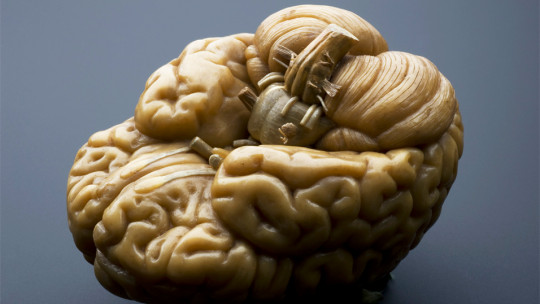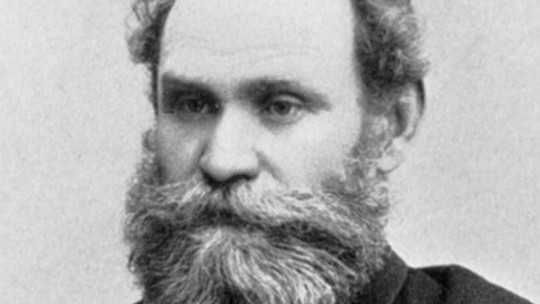Personality, which has to do with our attitudes and propensities to act through certain styles behavior, has always been one of the most interesting areas of research in psychology.
However, this branch of behavioral science is as fascinating as it is complicated. Not only is it difficult to create categories that explain personality and temperament well, but a lot of effort must also be put into measuring these characteristics reliably. That is why the different personality tests have been subjected to so many revisions
However, it has recently been discovered that there is another factor that could help us understand the logic behind our personality: the structure of our brain and its different parts. And no, this has nothing to do with phrenology.
Brain morphology and personality
This research, whose results have been published in the journal Social Cognitive and Affective Neuroscienceshows evidence that The shape of our brain and the structures inside it can provide clues about what personality traits They define us.
This means that it is not just that the chemical and electrical activity that occurs inside our head shapes our way of being (something that is taken for granted unless we fall into dualism); is that the way in which our brain expresses itself through personality is noticeable even in its structure, something that can be observed objectively and that allows comparisons between people.
The Big Five model is strengthened
This research reveals the neurobiological foundations of the Big Five model of personality. This model, well known in psychology and neuroscience, divides our personality into 5 factors that can be measured as quantities:
- Emotional stability : the degree to which our emotional life experiences abrupt changes. Its opposite pole is called neuroticism.
- Extraversion : the degree to which we seek stimulating experiences in our environment and in others or, on the contrary, prefer introversion.
- Openness to experience : our propensity to try new things and break our habits.
- Kindness : the level of respect and willingness to help others that we show when we interact with someone.
- Responsibility : our ease when it comes to accepting commitments and fulfilling them.
That is, by observing the shape of certain brain structures, it is possible to predict with a significant degree of validity what scores are obtained in each of these personality dimensions. This is very good news, since it allows us to have more indicators when it comes to understanding why we are the way we are, instead of depending fundamentally on personality tests, which depend in part on the honesty of the people who fill them out. .
How was the research carried out?
The researchers who published the scientific article set out to study the correlations between the scores obtained in a test based on the Big Five model and certain data related to the shape of parts of the brain belonging to its cortex, that is, the superficial part. full of folds.
Specific, The thickness, the area occupied by certain areas and the degree to which these areas have folds were taken into account To do this, we had the collaboration of more than 500 volunteers and the help of neuroimaging techniques.
What does the shape of the brain tell us about our personality?
The researchers observed that people whose cerebral cortex was thicker and showed less folding in areas of the frontal and temporal lobes tended to obtain significantly low scores on emotional stability ; That is, they showed a greater propensity toward neuroticism.
The opposite occurred with the trait of openness to experience a personality trait related to curiosity and a taste for novelty: it appeared to a greater degree in people with a brain whose cortex was less thick and with a larger folding area.
Besides, Agreeableness positively correlated with less fusiform gyrus an area of the temporal lobes that is involved in the recognition of objects and faces.
Similarly, nicer people had a thinner prefrontal cortex. The prefrontal area is the part of the brain that is closest to our forehead and has to do with decision making, creating plans and controlling impulses, since it acts by limiting the power of the limbic system, which is the area of the brain that produces emotions.
Extraversion, for its part, was greater in people with greater thickness in the front part of the inner surface of the occipital lobes (an area called “wedge”). The occipital lobes of each cerebral hemisphere are related to the processing of basic visual information.
Finally, the dimension of the Big Five model called responsibility was greater in people with a thicker, less retracted prefrontal area that occupies a smaller area.









